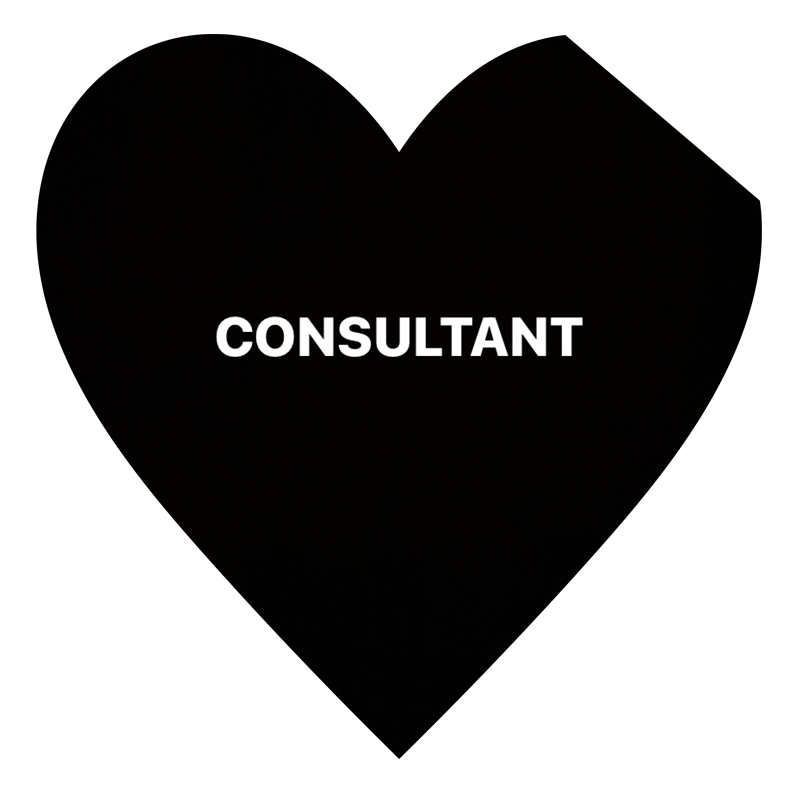Strategic Consultant

Social Practice and Performance
- Keith Haring Theater
- April 23 - 24, 2025
- Doors 6:30pm
- Show 7:00pm
- Note on Thursday, April 24th:
- There will be a post-show talk back and Q&A following this evening's performance.
What does a consultant really do?
What are they offering?
What are they consulting on?
And what solutions (if any) do they provide?
“Consultants are the wackest performers of corporate America,” says artist Nile Harris, setting the tone for his year-long engagement with Performance Space New York as an Organizational Strategic Consultant. At a now mid-year point, Harris has embedded himself in the inner workings of the organization and uses consultancy as a framework to explore the intricacies of non-profit institutional governance as point of departure for his upcoming lectured-based performance set for April 2025.
Up until this point in Harris’ consultancy period, he’s engaged with all staff and board members – conducting one-on-one interviews and dropping in on meetings. His love for downtown theater has drawn him to research the Performance Space archives, and bridge the legacies of PS122’s avant-garde history with our evolving contemporary identity. He’s interested in serving as a sounding board for important questions like, “Why is the front door always locked?” Throughout this year, Harris has spontaneously presented marginal micro-performances, such as reading the bylaws of the Board of Directors in the hallways and making slideshow presentations about his findings, ultimately consulting on…(?)
Harris poetically and continuously reflects on his genuine interest in bureaucratic systems and structures that he himself is deeply familiar with. Harris refers to the writings of Stefano Harney and Fred Moten who lament, “The consultant is not here to provide solutions, innovation, or even advice. The consultant exists to demonstrate access in the era of logistical capitalism.”
As this consultancy period continues, Harris lovingly reveals the circuitous, nonsensical, and bureaucratic nature of nonprofits, holding up a mirror for us to examine our own organizational structures.
